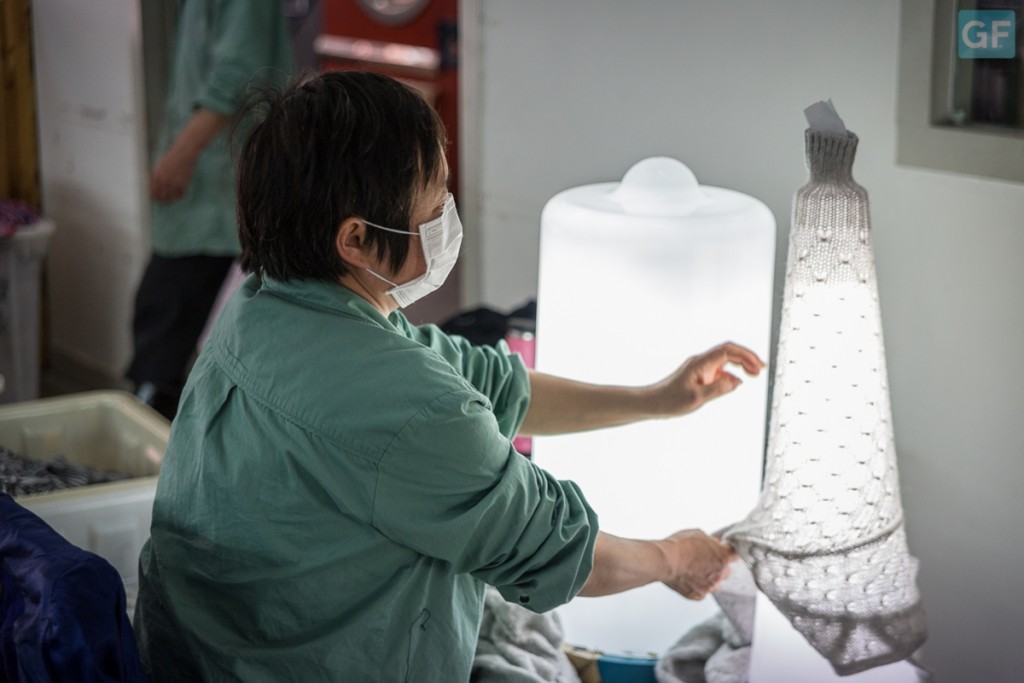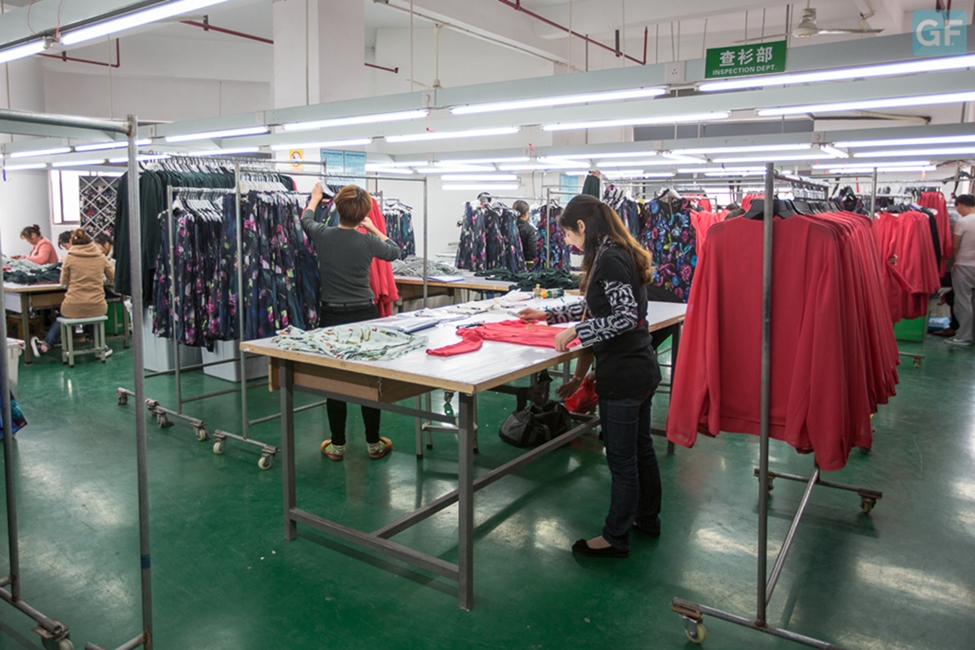
Comments on managing quality inspectors.
When controlling the quality of productions and purchases, companies have three alternatives: engaging the services of a quality control firm; forming their own team of quality inspectors; or choosing a mixed system with a combination of the previous options.
Like everything in life, these three options present advantages and disadvantages. This article will not focus on analyzing which one is the best or the most convenient alternative. The goal is to offer a few comments on managing quality inspectors when they are part of the company’s own quality department.
According to surveys in this sector, at least 50% of the people within a company responsible for hiring their own quality inspectors are dissatisfied with their behavior, the work practices they applied or the results obtained.
What is the cause or causes of the dissatisfaction? What prompts this problem? Is this one of the reasons why the final results of importing from Asia not always meet the companies’ expectations? Does this turn out to be an obstacle to producing in the distance with guarantees?
There are several reasons why it’s difficult to manage the quality inspectors’ activities. I will list the ones that I consider the most important.
Poor training and control.
In general, the inspectors perform the inspection at the supplier’s factory by themselves, without face-to-face monitoring from a superior or another member of the facility staff. Hence, it is difficult to control what they are doing and how they are performing the task.
As in all other activities, the beginners lack experience and the most seasoned have plenty of bad habits. The company must be very aware of these situations and offer solutions to train them, in the first case, and to remove bad habits in the second.
Discouraging initiative.
The job of quality inspectors is by nature repetitive and mechanical. This quality of the task is on the one hand necessary and effective, when we refer to the existence of a system, a planned work process, as it allow us to reach an effective result to the quality control process. On the other hand, it numbs initiative and the ability to respond in the event of contingencies and emerging problems. Quality inspectors don’t know how to respond in these cases and they lack initiative to seek a solution. They really are at a loss on what to do.
Lack of reliability or ineffective result.
Regarding the first part of the previous point, the control results tend to be disastrous when the inspectors don’t follow the rules, set processes and the given system, changing instead all of these for their own intuition and previous experiences, applied to tasks that, by definition, are perfectly standardized. Such improvisation is the main source of mistakes, defective quality reports and severe quality problems not detected before producing fashion items.
This improvisation affects not only the direct control of production, but also the process of solving a certain challenge when the inspector relies fully on the factory and doesn’t control how they perform the task of repairing the product.
Additional challenges that may exist.
Suppliers and factory owners –especially Asians—will normally try to bribe the quality inspectors and pressure them when they find quality problems. The obvious intention is to prevent the inspectors from including those problems in their reports or to minimize their impact on the final result.
Another challenge noted during these years producing in Asia is that quality inspectors –in general those with vast experience—will play with rules and systems, is such a way that they don’t breach them, but because of an “alleged” omission or misstatement they may hand in reports that are on the brink of what is right and what is wrong.
How to manage quality control inspectors?
Procedures and work system.
It is imperative to design a procedure that is professional, clear and easy to follow for the inspectors. There are models or schemes used worldwide and that meet international quality standards.
While applying a certain system and predefined processes, as we mentioned before, we must try not to discourage but to promote initiative from the inspectors for the search of solutions to unforeseen problems or emerging circumstances.
Training and education.
In order to get optimum results, we must train inspectors before and during their work at the factories. Controlling that they have a deep knowledge of procedures, follow them and reinforcing the message are essential parts of their training.
From personal experience, I prefer to invest time in training novice quality inspectors than in trying to remove bad habits from seasoned inspectors.
Manuals and working documents.
It is essential to provide quality inspectors with manuals and working documents that support the procedure, report problems clearly and estimated range of issues in each case, and steps to follow once problems are detected.
Applied technology.
In order to achieve extraordinary results when producing or purchasing clothing items in Asia, it is essential and very necessary to rely on technology, which is becoming more and more advanced and affordable. If we provide the system and the inspectors with the latest available technology, we will make the task easier, improve communication and supply the process with guaranteed efficiency.
Applications with geographic localization of the inspector that can report his movements and the inspection when it is being performed, record each detail to be analyzed when necessary, take high resolution photographs and other technological resources will make management and control much easier and efficient. We must make the most of them!
Until next time!. Cheers!















































[…] June 23, 2015 […]
[…] of the leading companies in the sector. This formula is the creation and application of their own quality standards which contain the requirement of each of the countries where the final product is […]